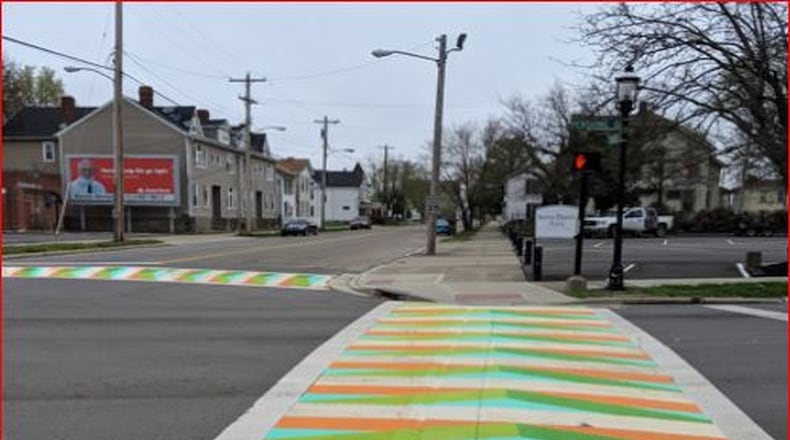According to Tuesday’s resuts, which will change as more mail-in ballots and provisional votes are counted, the levy is passing by 101 votes with 50.82 percent of the vote.
RELATED: Many Ohio local governments facing street-repair problems Hamilton is hoping to tackle
But while the city’s lower-income Second Ward had the highest percent in favor, it also had a low voter turnout. The two precincts had a voter turnout of 9.2 percent and 8.5 percent, respectively, about half the county’s overall rate of 18.4 percent, according to unofficial results.
Voting most strongly against the levy was an area of Hamilton’s more affluent New London neighborhood, the southernmost area of the city’s Westside. In that precinct, 36.5 percent voted “yes,” with a turnout of 28.5 percent.
Precincts were nearly even in support and opposition as 19 precincts voted in favor and 20 were opposed. Votes in three precincts were evenly split, according to results.
The 10-year, 3.9-mill levy will generate $3.1 million per year and cost the owner of a $100,000 home $136.50 per year, or the owner of a $75,000 home $102.38.
Voting in a Lindenwald precinct in southern Hamilton also had high support where 65.8 percent said “yes,” and 13.8 percent of voters turned out.
Board of Elections officials on May 19 will announce the results after counting potentially hundreds of absentee ballots that were postmarked by Monday and provisional ballots.
Brandon Saurber, director of Hamilton’s new Neighborhoods Department, said city officials are working out details of the neighborhood meetings that will be held, as promised, to give residents of the various parts of the city input on which streets will be repaired first.
READ MORE: Hamilton’s street-repair levy passed narrowly — or did it?
Given the coronavirus situation, the city most likely will have to change its initial plans to hold large in-person open-house meetings, Saurber said. “We’ll be working through this plan in earnest over the next few weeks.”
Jack Whalen, leader of the citizen campaign in favor of the Issue 1 “Fix Our Streets” campaign, said he plans to attend the meetings “to make sure they have them,” he said. City officials had promised those meetings as one thing they believed citizens wanted to see, and Whalen passed along that promise as he campaigned on behalf of the levy.
As many as 375 absentee ballots were requested that hadn’t been received by Tuesday. Those and 177 provisional ballots will be counted when the board announces the final result.
Whalen calculates that out of the maximum number of votes still outstanding, the levy must receive about 42 percent positive votes among them for it to be victorious.
About the Author
